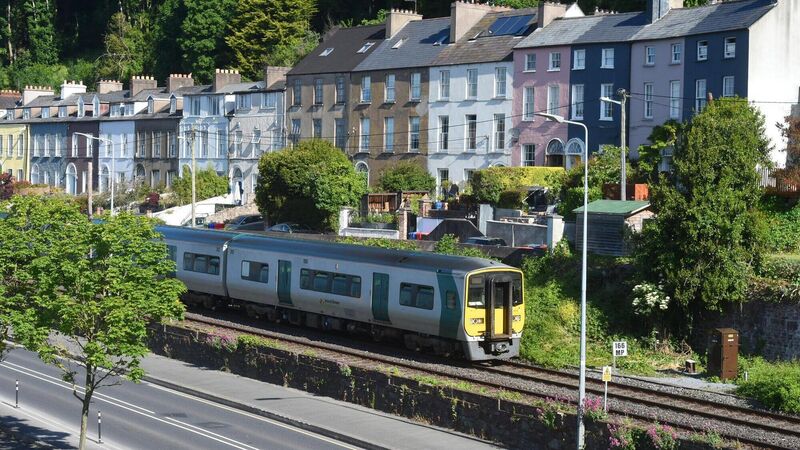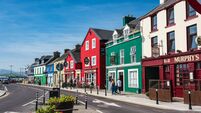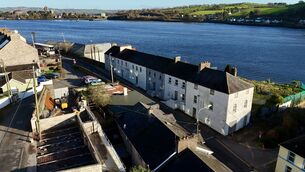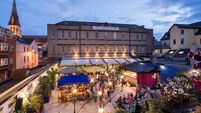Plans in train to fast-track new housing

A light-rail commuter train heads east to Cobh/Midleton from Kent Station, Cork. New home developments are central to plans to invest €200m on rail and light rail, with €1.9bn going into housing by 2040. Photo: Larry Cummins
The new homes sector is a bit like running for that vital bus. But, instead of that bus being a sitting target at the bus stop, it’s already moving away, not ever having really stopped: frustratingly, it had just slowed a bit to give the impression of being reachable.
Simply, to catch that bus, you and everyone in the queue with you have to run even faster to get on board.










